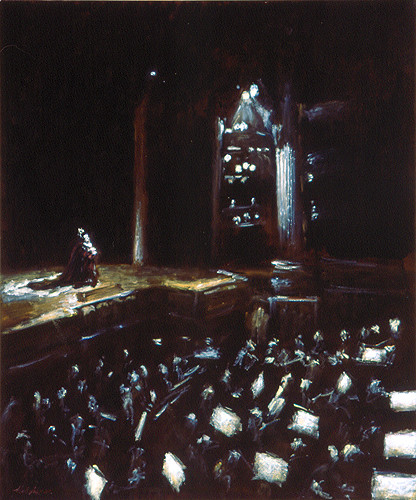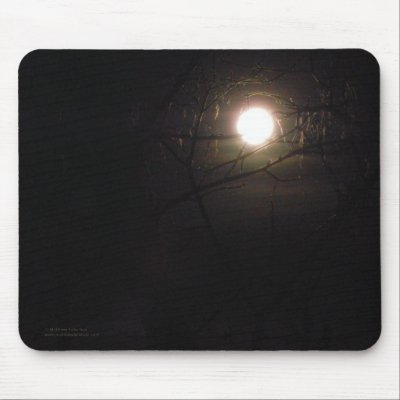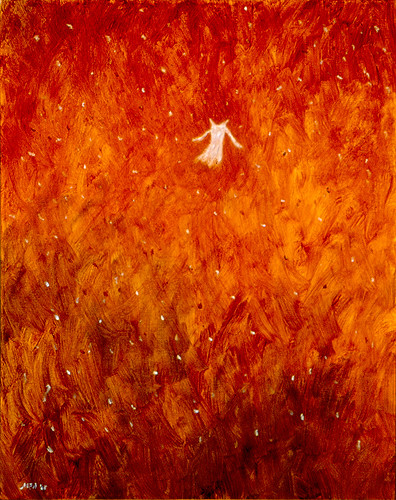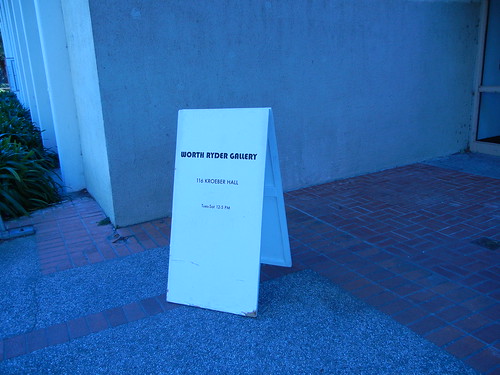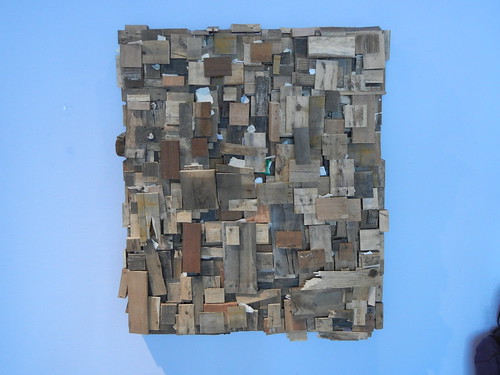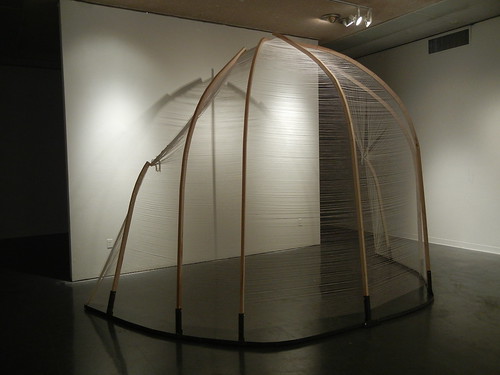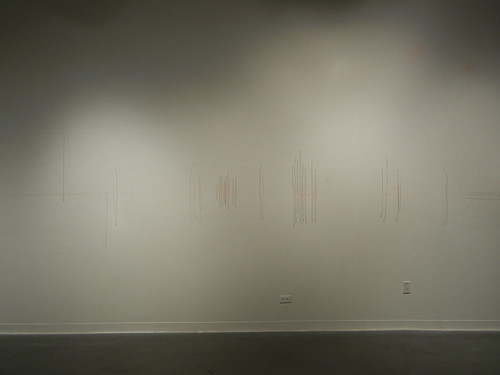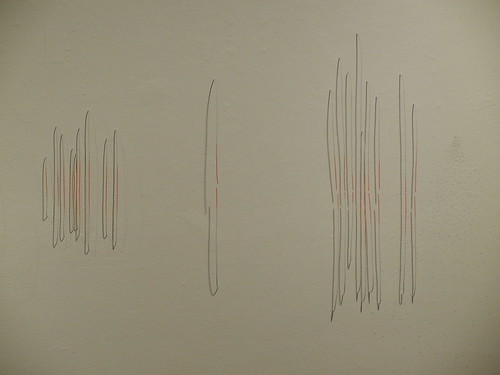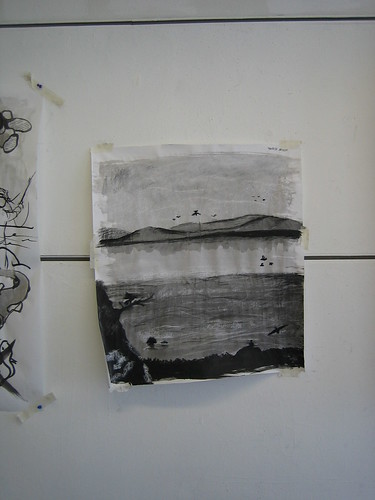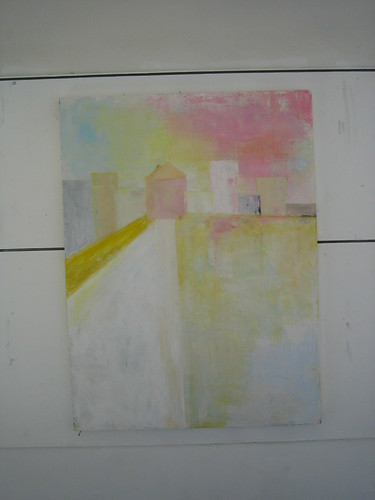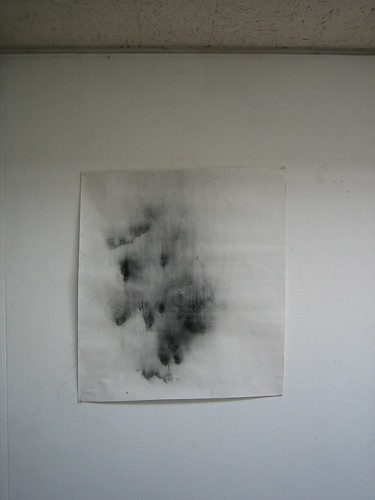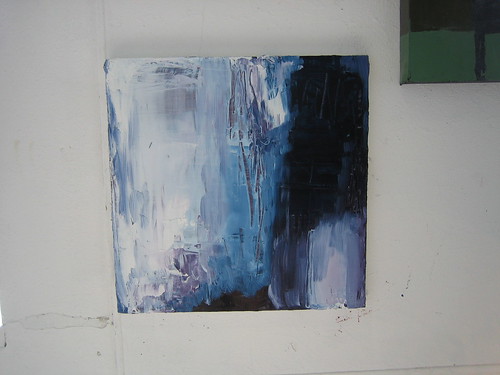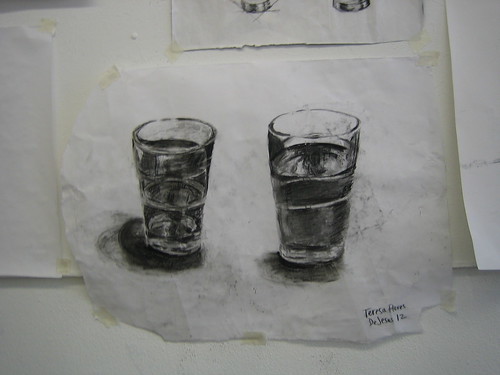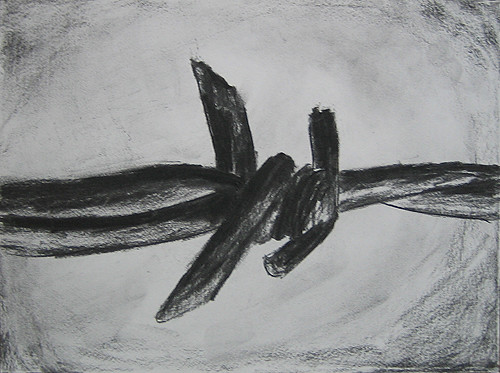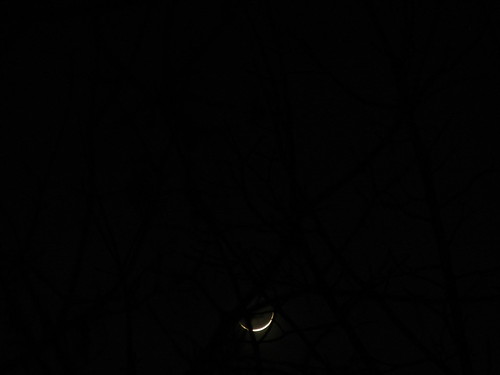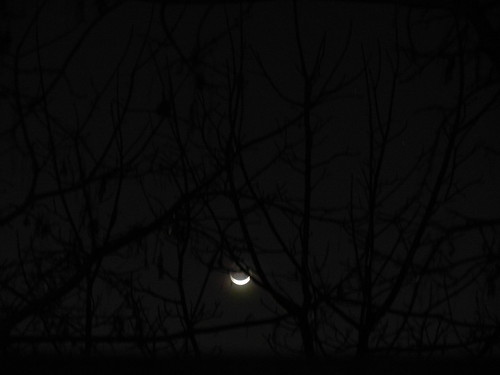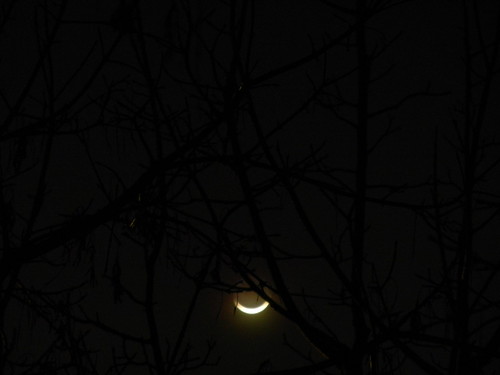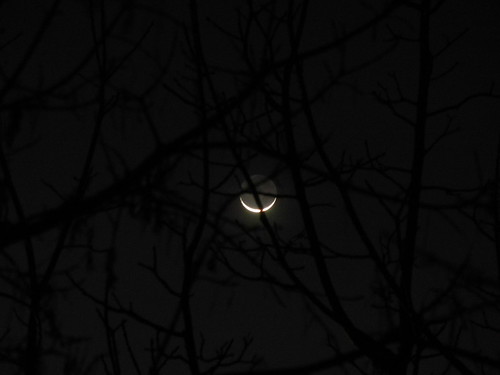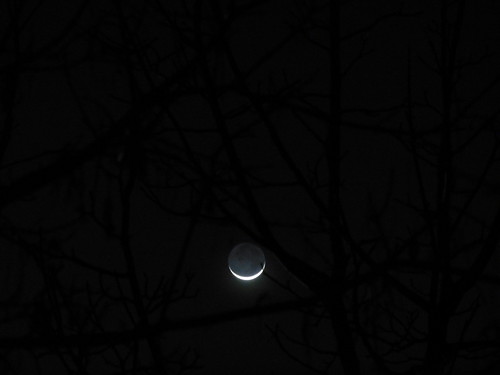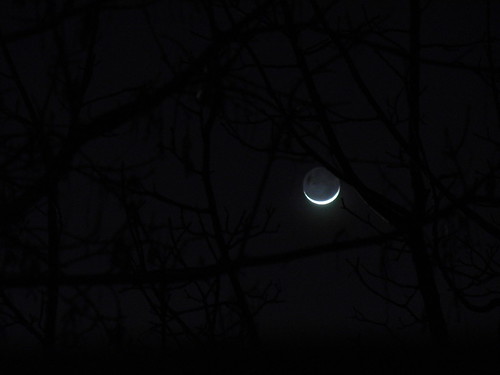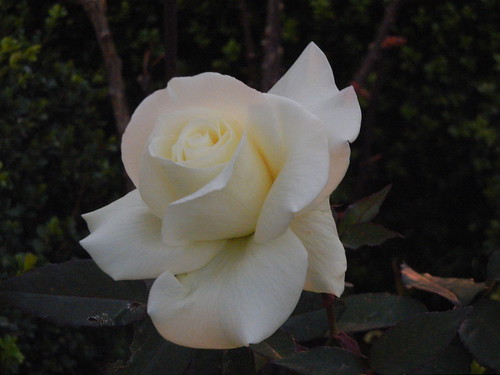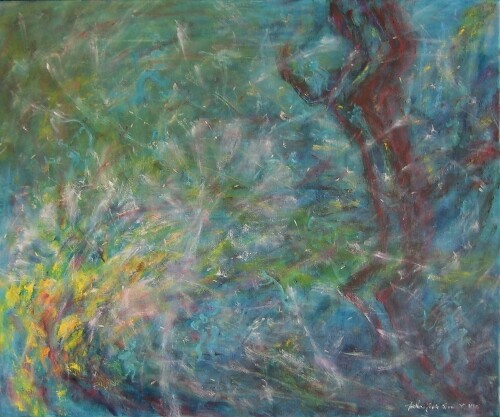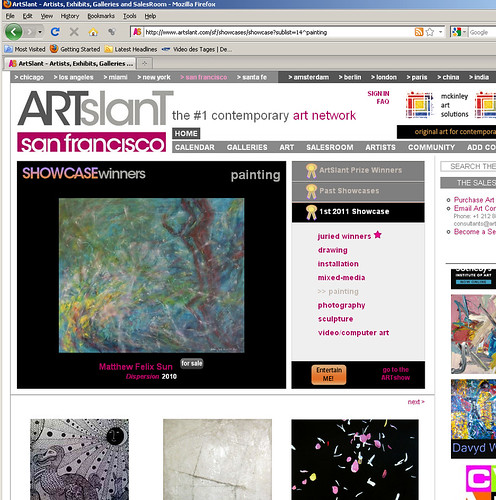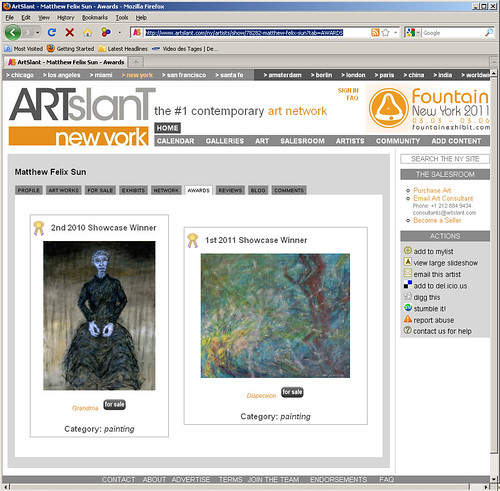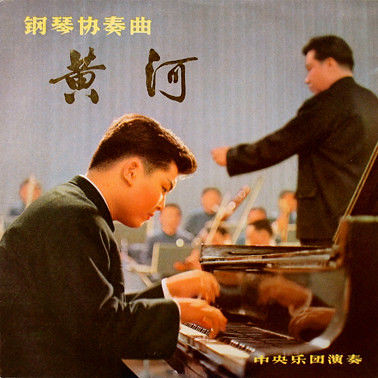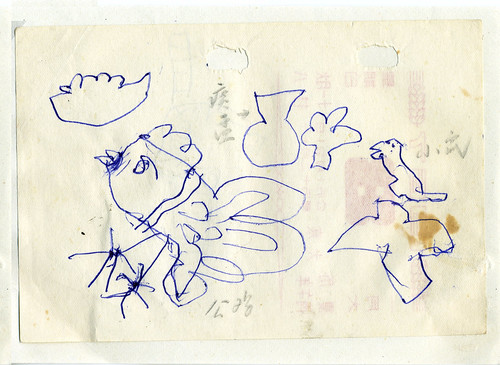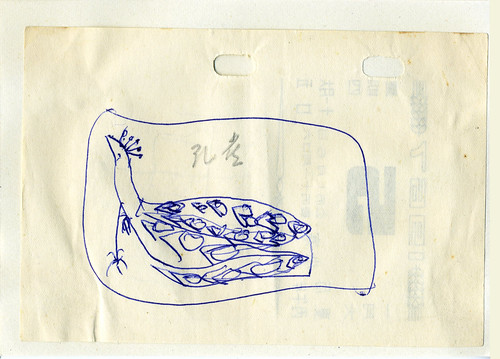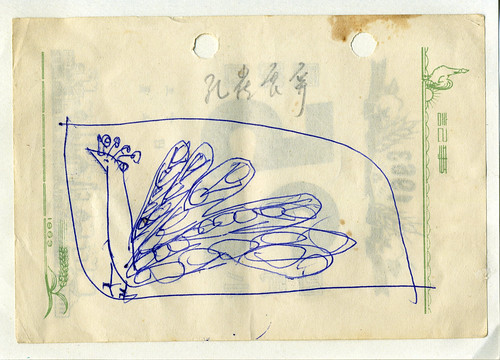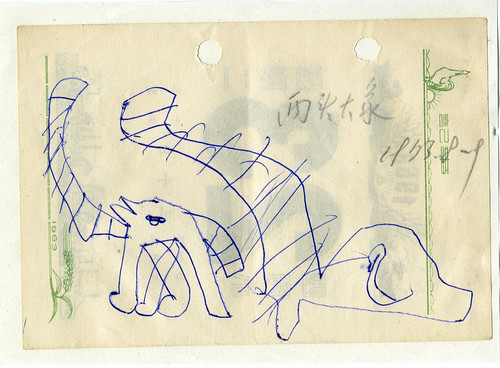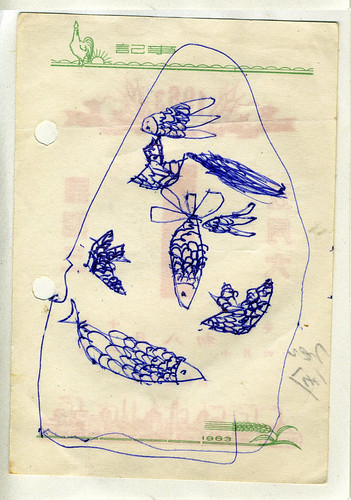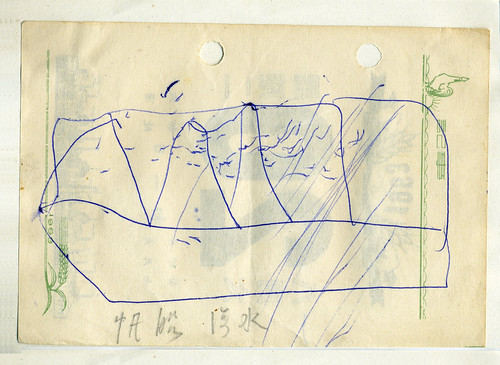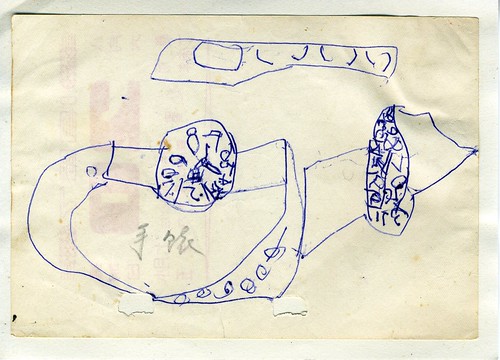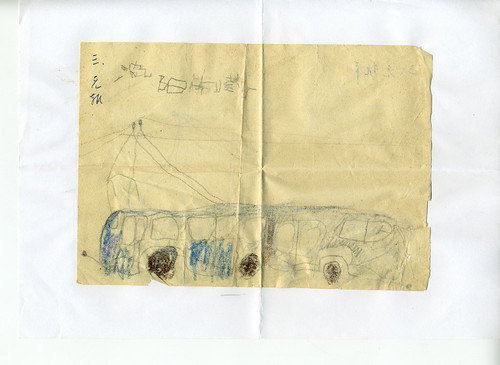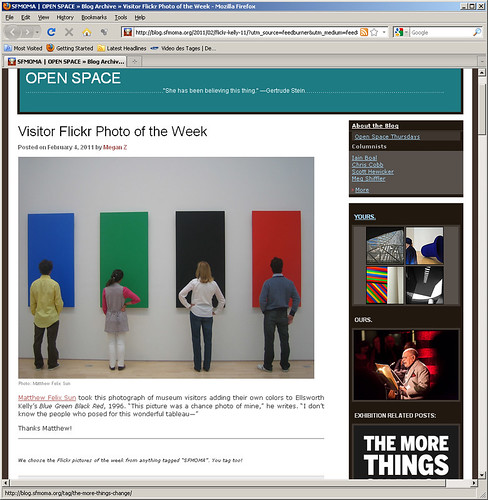 It seems that America has an aversion to cultural products made in language other than English. To read a subtitle? God forbidden. No wonder Hollywood once again planned a remake. It is almost inevitable. In an Guardian article, The Girl with the Dragon Tattoo director lashes out at US remake, "The director of the original Swedish version of The Girl with the Dragon Tattoo has questioned the need for the upcoming American remake, reigniting a long-running war of words over Hollywood raiding foreign language films to repackage them for a global audience." Director Niels Arden Oplev says no one can compete with Swedish actor Noomi Rapace's Lisbeth Salander. The article continued: "But however critically garlanded a film is, if an English-speaking audience has to read subtitles, it will automatically reduce the film's chances at the box office, and confine it to the status of art film, whatever its content." It is very depressing.
It seems that America has an aversion to cultural products made in language other than English. To read a subtitle? God forbidden. No wonder Hollywood once again planned a remake. It is almost inevitable. In an Guardian article, The Girl with the Dragon Tattoo director lashes out at US remake, "The director of the original Swedish version of The Girl with the Dragon Tattoo has questioned the need for the upcoming American remake, reigniting a long-running war of words over Hollywood raiding foreign language films to repackage them for a global audience." Director Niels Arden Oplev says no one can compete with Swedish actor Noomi Rapace's Lisbeth Salander. The article continued: "But however critically garlanded a film is, if an English-speaking audience has to read subtitles, it will automatically reduce the film's chances at the box office, and confine it to the status of art film, whatever its content." It is very depressing.There have been a rash of remakes, not only in subtitled movie or television shows. There are two very well received, rather recent British TV shows - The Office and Skins, and both were subjected to American remakes. What are the compelling reasons behind these? The British accents are not hard to understand and no subtitles need to read here. The obvious reasons to me are to tone down caustic satires and social commentaries which made American audience uncomfortable.
Dumbing them down.
It also shows that how depleted Hollywood is. It is a place devoid of ideas.
When I grew up in China, all the foreign films were dubbed, instead of subtitled, and innocent Chinese audience had the notion that foreigners spoke in a stylized, glamorous way which turned out to be untrue. People in all the part of the world speak in rather natural ways not dissimilar to those by the Chinese. Nowadays, Chinese people watch foreign language movies with subtitles, due to the increased literacy rate. Subtitled actually are preferred amongst many because they are less censured. Perhaps, Hollywood is preparing us for a very low literacy rate, which is not unlikely, considering our governments of all levels are slicing educational funding as in slicer movies on steroids.
I'm not trying to say not all the remakes are not warranted. Some classics can and perhaps could use a fresh look and re-thinking, like True Grit by the Coen brothers.
I also would love to see Cate Blanchett or Kristin Scott Thomas as Blanche du Bois. But who can match the irresistible mixture of unbridled sex appeal and animal danger of Marlo Brando amongst today's leading men? None. Therefore, let's not have that remake of A Streetcar Named Desire yet.

